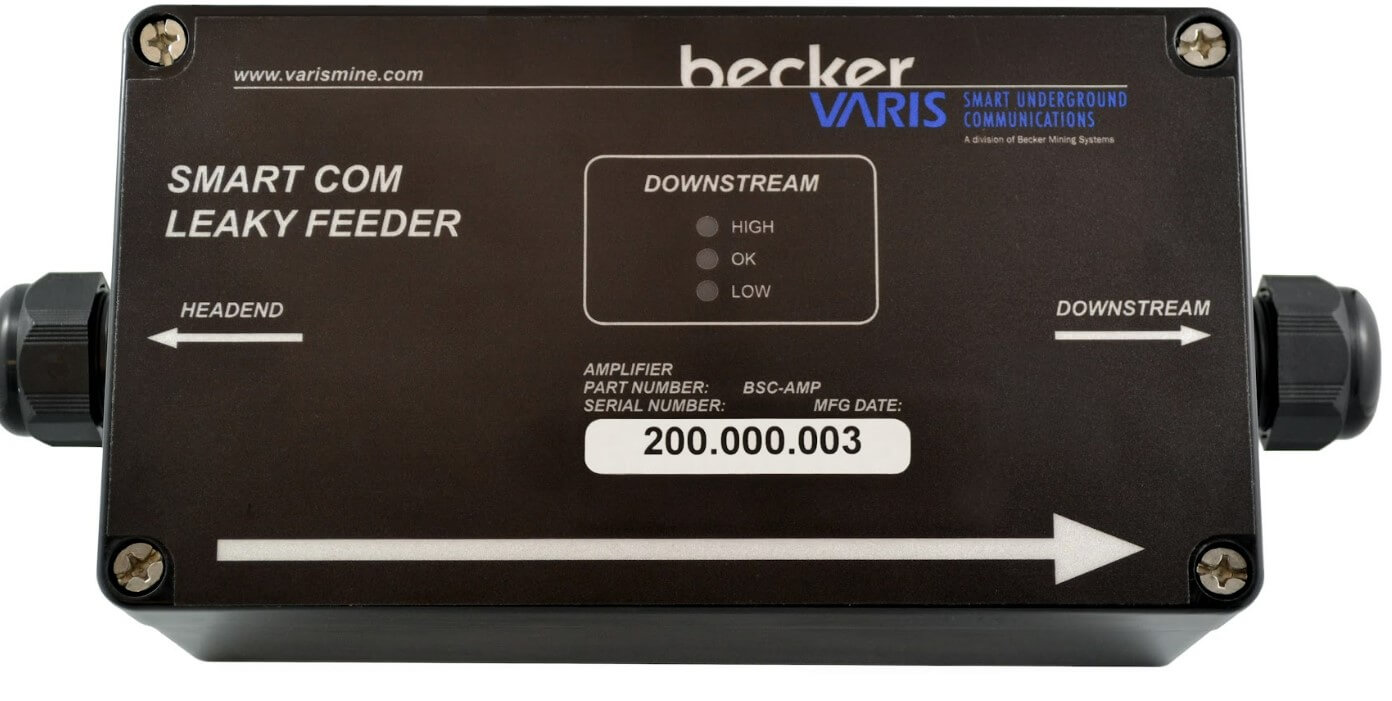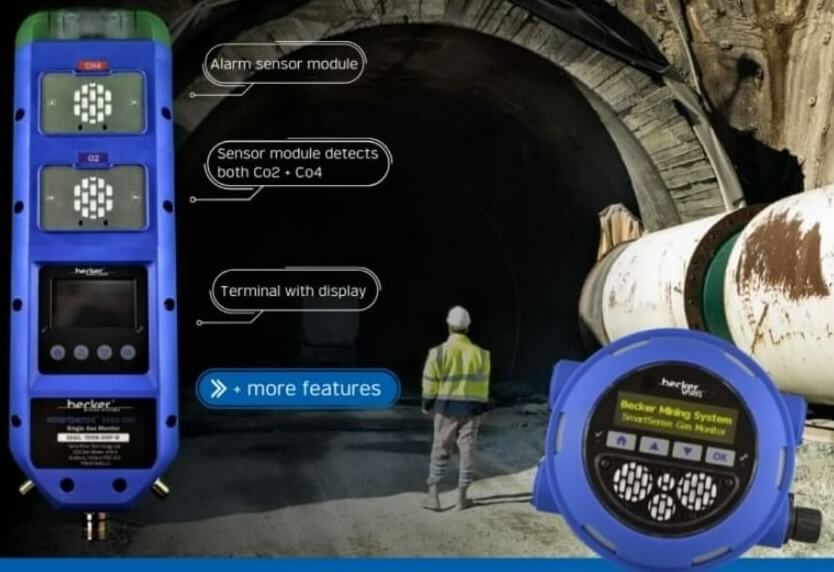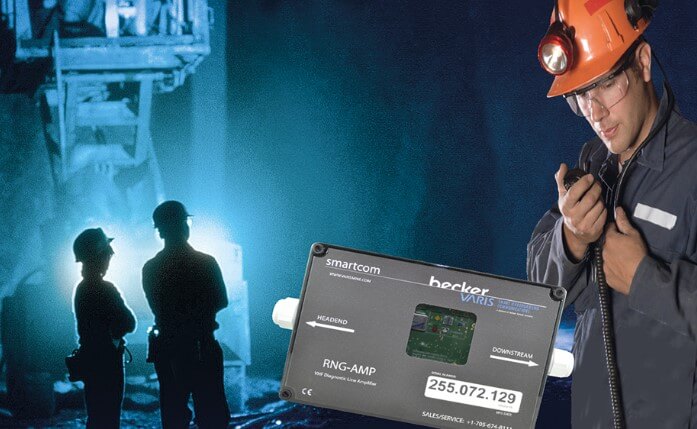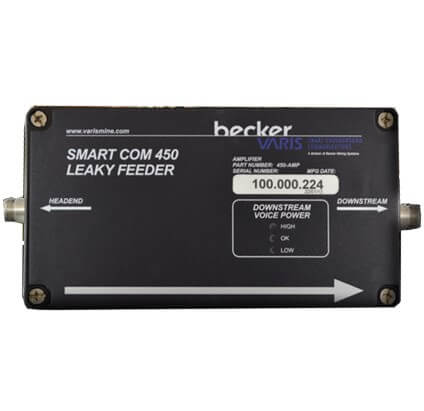Mining is an industry with inherent hazards, and among the most critical threats are gas leaks. Methane, carbon monoxide, and other combustible or toxic gases can accumulate silently underground or in enclosed mining environments, posing severe risks to both personnel and operations. Mining gas leak detectors are essential tools in this context, helping mining operations stay safe, compliant, and efficient by providing early warnings of hazardous gas presence.
How Mining Gas Leak Detectors Reduce Operational Risk









